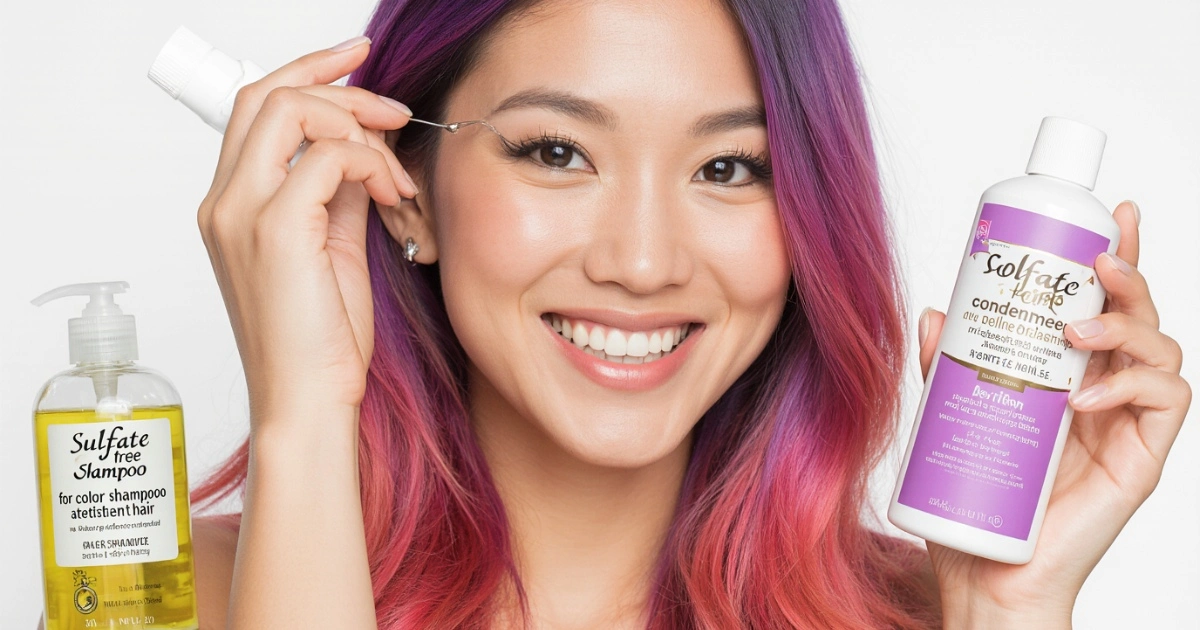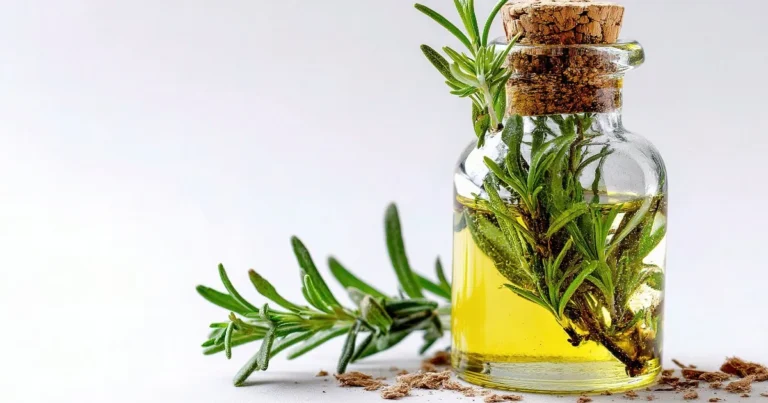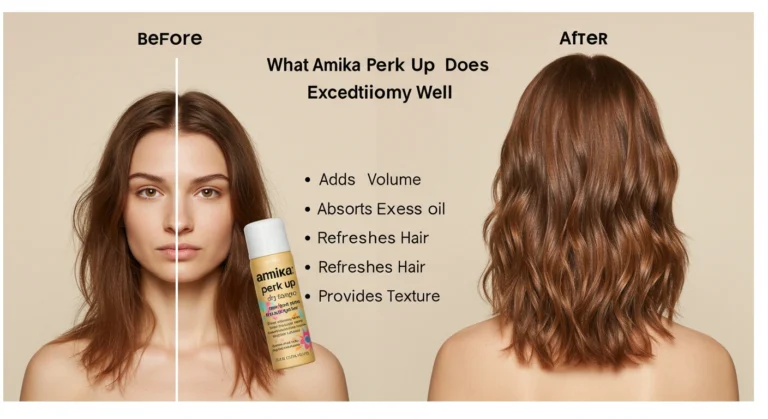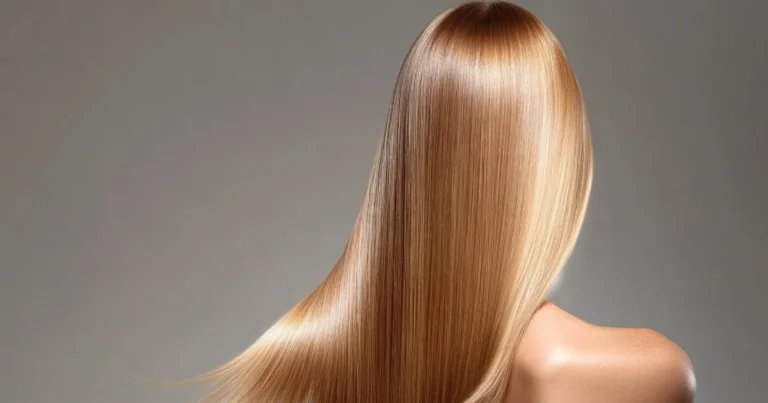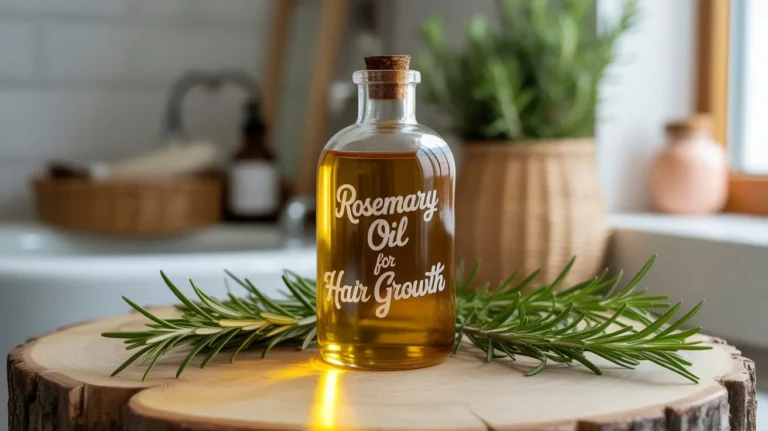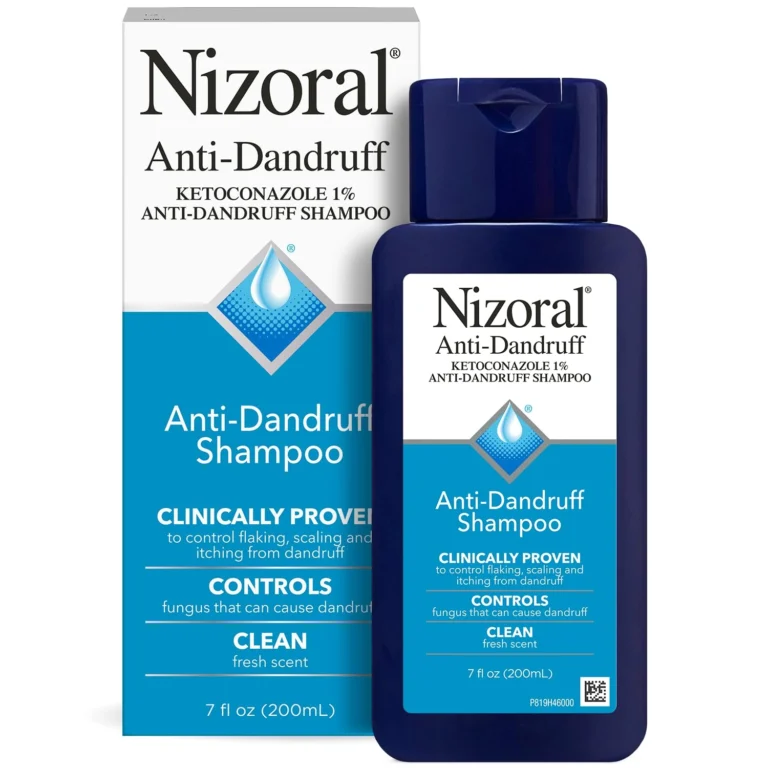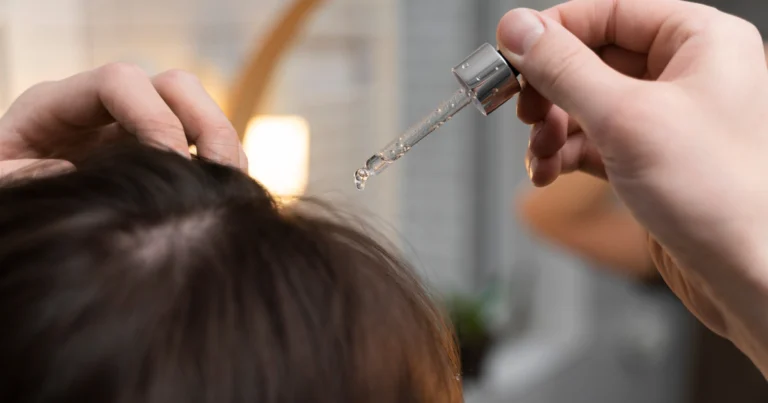sulfate free shampoo for color treated hair in 2025
Sulfate Free Shampoo for Color Treated Hair – Benefits You Can’t Ignore
Introduction: Why This Matters for Your Hair
You’ve spent hours in the salon chair, invested in high‑quality color treatments, and finally stepped out with hair that turns heads. But just a few washes later, that rich, vibrant tone you loved starts to look faded and flat.
If this sounds familiar, you’re not alone — it’s a frustration many people with dyed hair face. The truth is, your shampoo could be the culprit. More specifically, the sulfates in your shampoo.
Switching to a sulfate free shampoo for color treated hair isn’t just a beauty trend. It’s a proven way to keep your color fresh, your strands healthy, and your scalp happy. Let’s dive into why making the change could be the best decision for your hair’s future.
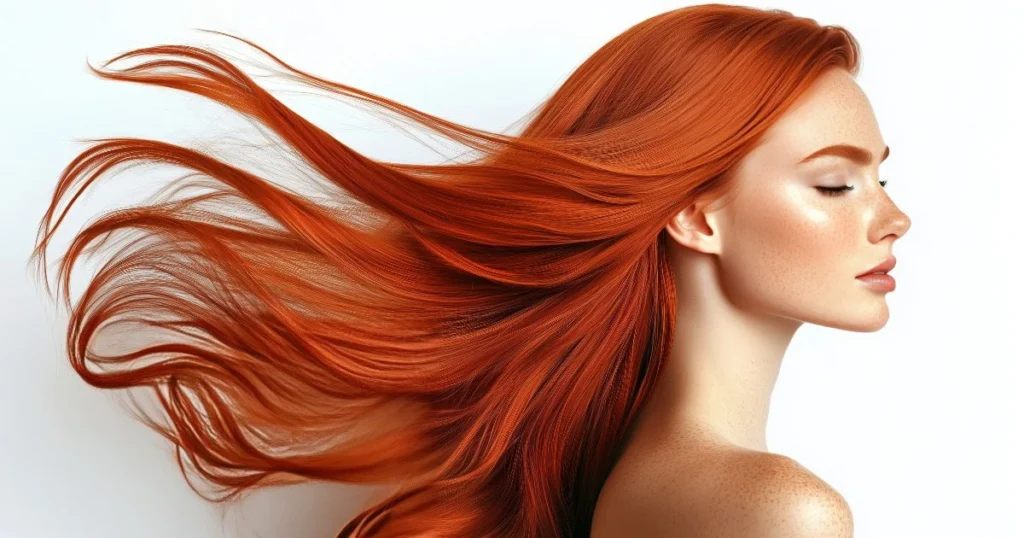
Table of Contents
What Are Sulfates and Why Should You Care?
H3: The Science Behind Sulfates
Sulfates are detergents — primarily Sodium Lauryl Sulfate (SLS) and Sodium Laureth Sulfate (SLES) — that create the foamy lather most people associate with “clean.” They’re highly effective at breaking down oils and dirt.
However, studies (e.g., Zuluaga et al., International Journal of Cosmetic Science, 2018) show that sulfates can also strip away your hair’s natural lipids and protective layers.
For color‑treated hair, this is a big problem: those same surfactants can accelerate pigment loss, leaving your hair looking dull much faster.
Why Sulfate Free Shampoo Is a Game‑Changer for Color Treated Hair
1. Your Color Lasts Longer
Pigment molecules in dyed hair are more vulnerable to being washed out. Sulfates act like a harsh detergent, causing them to fade more quickly.
Switching to a color‑safe sulfate free shampoo slows that process, allowing you to enjoy your fresh salon look for weeks longer.
Example product: Pureology Hydrate Moisturizing Shampoo – A cult favorite designed specifically to protect color vibrancy.
2. Your Hair Stays Moisturized
Sulfate free shampoos often use gentler surfactants like cocamidopropyl betaine or decyl glucoside, which clean without stripping. This helps your hair retain the natural oils that keep it shiny and soft.
Research from Skin Pharmacology and Physiology (2016) indicates that lower‑foaming surfactants preserve more of the scalp’s moisture barrier.
3. Your Scalp Feels Healthier
If you’ve experienced itching, flaking, or tightness after washing, sulfates might be the trigger. Gentle formulas reduce irritation, making them ideal for sensitive skin.
Example product: L’Oréal Paris EverPure Sulfate‑Free Moisture Shampoo – Affordable, hydrating, and great for everyday use.
4. Better Texture and Less Frizz
Because moisture stays locked in, your cuticle layer remains smoother. This translates to less frizz, more manageability, and better styling results.
Key Ingredients to Look for in Sulfate Free Shampoo
| Ingredient | Benefit for Color-Treated Hair | Example Product Link |
|---|---|---|
| Argan Oil | Deep hydration, restores shine | Moroccanoil Color Care Shampoo |
| Keratin | Strengthens and repairs damaged strands | OGX Anti‑Breakage Keratin Oil Shampoo |
| Coconut‑Based Surfactants | Gentle cleansing without pigment stripping | SheaMoisture Curl & Shine Shampoo |
| UV Filters | Protects against sun‑induced fading | Pureology Hydrate Sheer |
| Aloe Vera | Soothes scalp, adds moisture | Luseta Aloe Vera Shampoo |
How to Choose the Best Sulfate Free Shampoo for Your Hair Type
Dry or Damaged Hair :
Look for formulas with hydrating oils (argan, jojoba, avocado) and proteins.
Fine or Oily Hair :
Opt for lightweight, clarifying formulas with plant‑based surfactants.
Curly or Coarse Hair :
Choose rich, creamy shampoos with shea butter or coconut oil for extra slip.
Common Myths About Sulfate Free Shampoo
Myth 1: “It won’t clean my hair properly.”
False. Modern sulfate free shampoos use advanced surfactants that remove buildup without damage.
Myth 2: “It doesn’t lather at all.”
Not true — they do lather, but the foam is creamier and less airy.
Myth 3: “It’s only for people with allergies.”
While it’s gentler for sensitive scalps, the real benefit is color protection.
How to Transition to Sulfate Free Shampoo
- Be Patient: It may take a week or two for your scalp to adjust.
- Use Lukewarm Water: Hot water speeds color fading.
- Pair with a Color‑Safe Conditioner: Seal moisture after each wash.
- Wash Less Frequently: 2–3 times a week is ideal for most.
FAQs About Sulfate Free Shampoo for Color Treated Hair
Q: Does sulfate free shampoo really keep color longer?
Yes — by avoiding the harsh detergents that lift pigment, you extend the life of your dye.
Q: Can it help with frizz?
Absolutely. Moisture retention leads to smoother strands.
Q: Is it safe for all hair colors?
Yes — works on both natural and dyed shades.
Q: How often should I use it?
Every wash. For most people, that’s 2–3 times a week.
Conclusion: Invest in Your Hair’s Future
Switching to a sulfate free shampoo for color treated hair is one of the easiest, most effective steps you can take to protect your investment. You’ll notice softer strands, richer color, and a healthier scalp — without sacrificing cleanliness.
If you’re ready to make the change, start with one of these top‑rated, color‑safe shampoos:
- Pureology Hydrate Moisturizing Shampoo
- L’Oréal EverPure Sulfate‑Free Moisture Shampoo
- Moroccanoil Color Care Shampoo
Your hair — and your mirror — will thank you.
Did you find this article helpful? be the first to rate us !
There are no reviews yet. Be the first one to write one.

